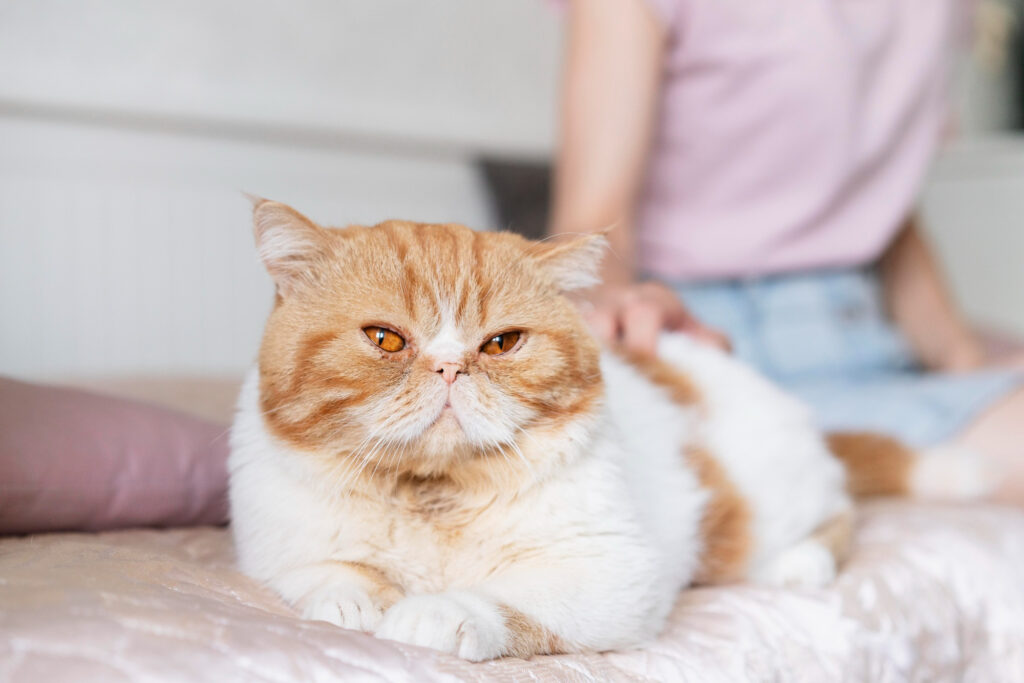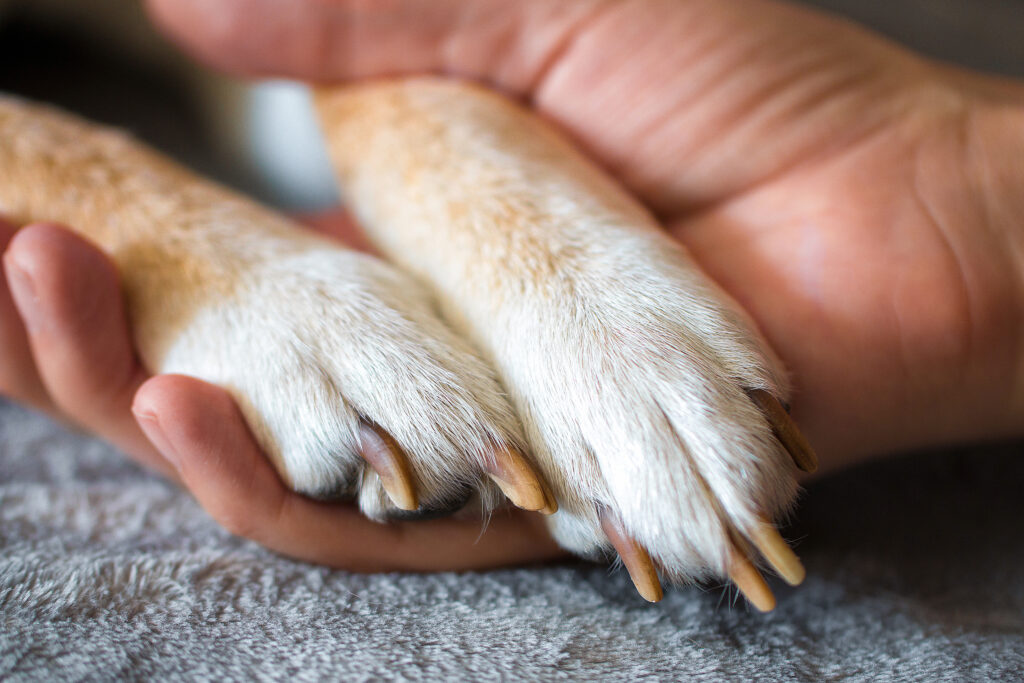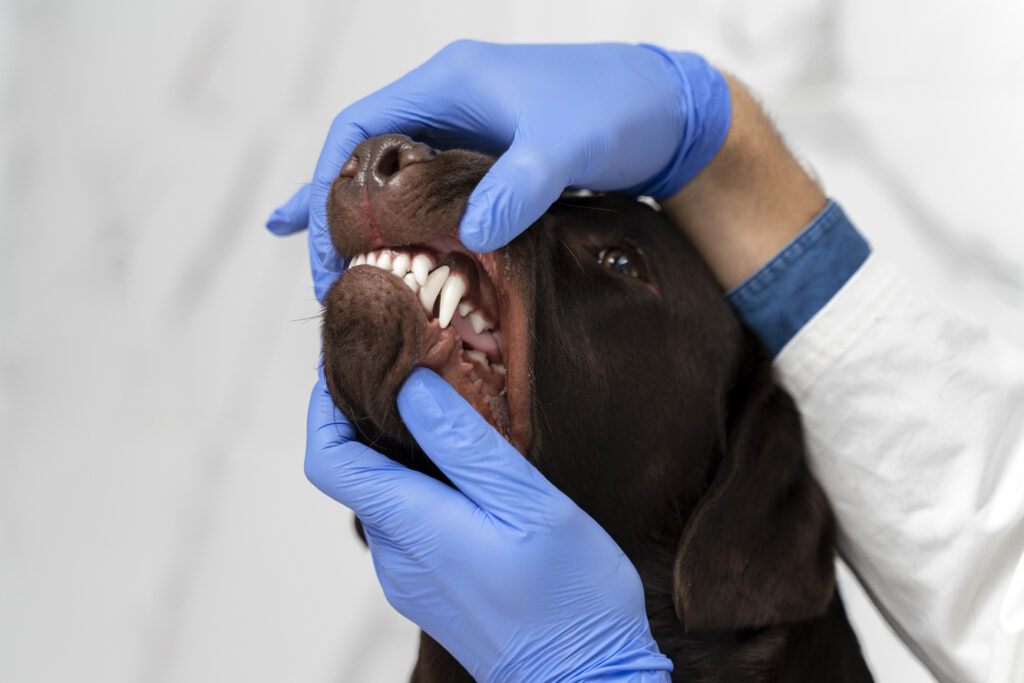Cats are adorable animals that bring joy to our lives. However, it’s crucial to ensure they maintain a healthy weight. Obesity in cats is a growing issue and can lead to serious health complications. In this article, we’ll explore how to identify if your cat is obese and what you can do to help them lead a healthier life.
What is Feline Obesity?
Feline obesity is defined as an excess of body fat, often caused by an improper diet and lack of physical activity. A cat is considered obese when its weight is 20% above the ideal for its breed and age.
How Can I Tell if My Cat is Obese?
Here are some signs that may indicate your cat is overweight:
- Check the ribs: You should be able to feel your cat’s ribs when touching them, but not be able to see them.
- Evaluate the waist: When looking at your cat from above, it should have a visible waist. If the body is round, it’s a sign of obesity.
- Observe the belly: Your cat’s belly should be firm and not excessively sway when walking.
- Activity level: Obese cats tend to be less active and may have difficulty playing or climbing.
Causes of Obesity in Cats
Obesity in cats can be caused by several factors, including:
- Inadequate diet: High-calorie diets and excessive treats.
- Sedentary lifestyle: Cats without space or stimulation to exercise.
- Health problems: Some medical conditions can contribute to weight gain.
How to Prevent Feline Obesity
Prevention is always the best approach. Here are some tips:
- Feed quality food: Opt for foods that are specific to your cat’s age and needs.
- Control portions: Follow your vet’s advice on the ideal amount of food.
- Encourage physical activity: Play with your cat regularly, providing toys that stimulate hunting and movement.
- Limit treats: Offer healthy treats in controlled amounts.
What to Do if My Cat is Already Obese?
If you suspect your cat is obese, consult a veterinarian. They can assess your cat’s health and suggest a safe weight loss plan. Some steps may include:
- Diet changes: The vet may recommend a specific weight-control food.
- Regular exercise: Gradually increasing physical activity can help your cat lose weight.
- Monitoring: Track your cat’s progress with regular weigh-ins.
Count on All 4 Pets Emergency Hospital
We are a 24-hour emergency hospital, operating 365 days a year, providing reference service with highly qualified professionals in their areas.
We have a diagnostic center with computed tomography, X-ray, ultrasound, echocardiogram, electrocardiogram, hematology and urinalysis and we have large and comfortable ICUs and two operating rooms.
Our offices are designed and developed for the comfort of our clients. In addition to a generous wooded outdoor area, designed for dogs to relax with their owners during the visit. Our entire environment is prepared and equipped with what your pets need, when they need it. We seek to offer great comfort and hospitality in our services.







